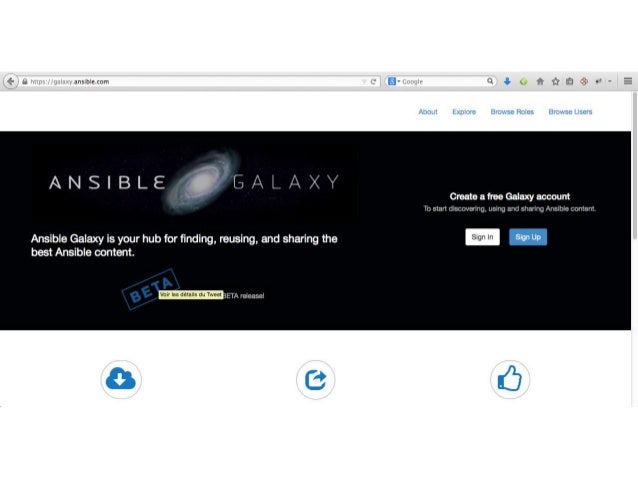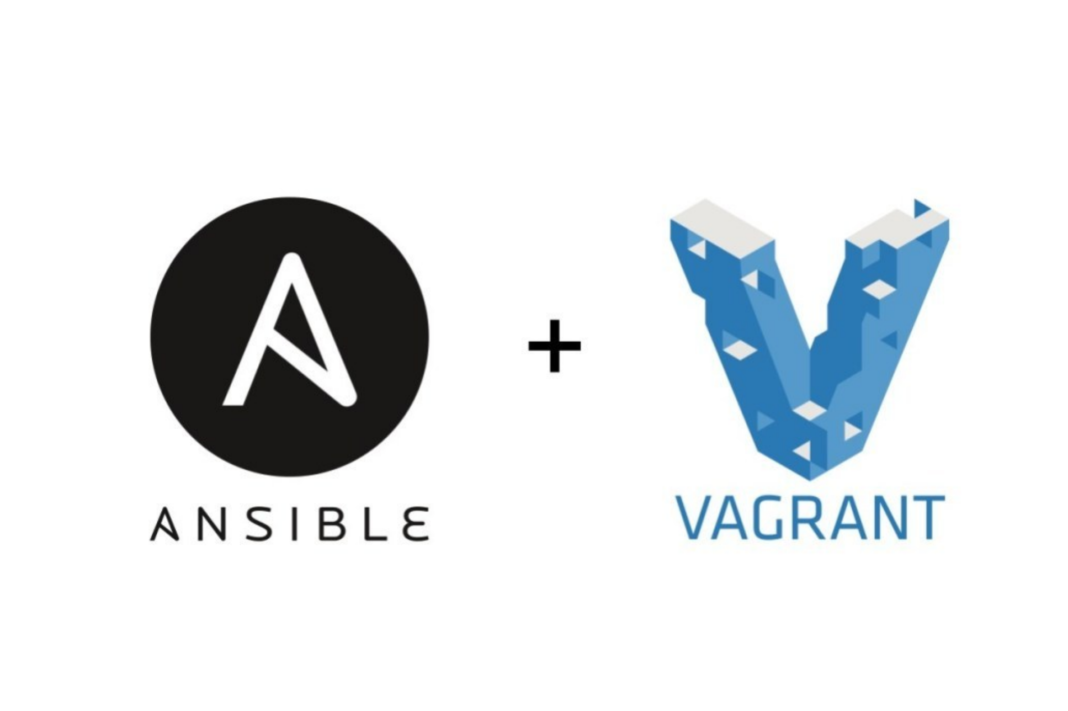

- #Vagrant ansible how to#
- #Vagrant ansible install#
- #Vagrant ansible windows 10#
- #Vagrant ansible portable#
Examples of the most used Provisioners used in Vagrant are Puppet and Ansible, being the latter the one we are covering in this post later on. Provisioners are tools that allow users to customize the configuration of virtual environments. So how does Vagrant work? Vagrant uses “ Provisioners” and “ Providers” as building blocks to manage the development environments.
#Vagrant ansible portable#
That is Vagrant, a software that allows creation and management of portable virtual machines. Once you have one Virtual Machine up and working most of these software programs allo you to replicate the configuration so that you can create multiple other machines in a matter of seconds.īut what if you could have a Virtual Machine up and running with all the configurations needed already done in just a matter of seconds? And not only that, but allows you to move that virtual machine to another computer by just sending a text file.
#Vagrant ansible install#
You may use any of the most popular virtualization software out there like VirtualBox, VMware, Hyper-V, KVM, AWS, Docker, etc… but creating Virtual Machines the manual way can be a hustle and bustle as it usually requires to download an ISO File for the target OS that you are going to install into and then wait for the installation process which can take a while to complete. So, wether you are setting your homelab up for learning purposes, or your homeserver if you have the more advanced knowledge, or even on production in a company, you may want to automatize the process of creating, configuring and deleting Virtual Machines ( VM’s) for multiple purposes.
#Vagrant ansible windows 10#
Server.vm.network "private_network", ip: "192.168.50.32"Īaybook = "provisioning/mysql-server.Running Vagrant and Ansible in Windows 10 through WSL2 Server.vm.network "private_network", ip: "192.168.50.30"Īaybook = "provisioning/webapp.yml" The database server will use the database.yml playbook.

The two webapp servers will use our webapp.yml playbook. The following vagrant file will create three instances, two for hosting our web application and the third that will host our application’s database.

To better mimic your staging or production environments, you may want to separate everything onto different hosts. Server.vm.provision "ansible" do |ansible|Īaybook = "provisioning/all.yml"ĮndMulti Server Vagrantfile Multi-Server Vagrantfile This is the simplest, lightest method of creating a development box on your desktop or laptop. In our single server example, we’re going to apply all server roles to our instance using the all.yml playbook. When your Ansible playbooks and roles are ready you will need to tell Vagrant to use them during the provisioning stage. The database playbook will install and configure our backend database server, MySQL. It will also deploy the application to the server after it has been configured. The webapp playbook will configure the server to host our web application. This is useful for when we want to consolidate all roles onto a single server. It will deploy and configure our web application and install the database server.

The all.yml playbook will apply all servers roles to the targeted host. The directory will host the Vagrantfile, as well as our Ansible playbooks and roles. Workspace SetupĬreate the following directory structure for your Vagrant workspace. Each playbook will have multiple Ansible roles for the different components that will be configured for each server. Two different playbooks will be used - one for each server role. The first server will be our NodeJS web application and the second will be the database server. We’re going to create a multi-server Vagrantfile for this tutorial. Without which predicting the behavior of your application after deployment is impossible, since every environment might be set up slightly different. Configuration management is key to ensuring your test and development servers match your production servers.
#Vagrant ansible how to#
In this tutorial, we’re going to show you how to use your Ansible playbooks to provision your Vagrant boxes.


 0 kommentar(er)
0 kommentar(er)
